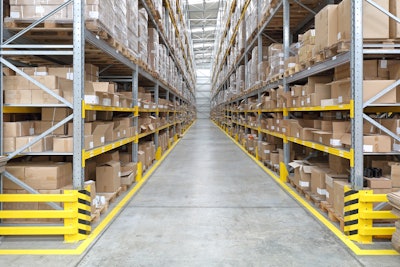
markobe AdobeStock_195005307
Power availability and security are emerging as top priorities for many occupiers in the sector, prioritizing cost efficiencies and seeking innovative ways to elevate business practices, as outlined in a JLL survey.
In fact, companies involved in battery, electric vehicles (EVs), renewables and climate tech are emerging as significant drivers of growth.
Key takeaways:
- Occupiers are prioritizing energy-smart buildings to drive operational excellence and cost efficiencies, impelled by concerns over power availability and surging energy prices in recent years.
- Two-thirds of top industrial and logistics occupiers have commitments to reduce emissions, primarily through energy upgrades, fleet electrification and clean energy procurement.
- As inventory ages rapidly – with 76% of industrial stock over a decade old in the United States and 69% in Europe – retrofitting buildings emerges as a crucial strategy for owners to mitigate obsolescence risk, attract top tenants and enhance value.
- 65% of their future space needs will be tied to a carbon reduction target. In other words, nearly two out of every three future requirements for industrial space come from occupiers with established targets to reduce operational emissions, primarily through energy upgrades, fleet electrification and clean energy procurement.
- Average lease terms are about seven years for industrial tenants, meaning that leases signed today will collide with 2030 targets to reduce emissions by 50%, an interim target that many of these occupiers have set. This will significantly impact their near-term leasing decisions, and many will need to re-evaluate their current spaces as they seek spaces aligned with their carbon reduction targets.
- Tenant activities are typically responsible for 90-100% of operational carbon emissions in industrial buildings, compared to 55-75% in offices.
- 41% of projected demand for low carbon space will not be met by 2030, given the current quality of existing stock and construction estimates over the remainder of the decade. This study only considers the largest occupiers, representing 30% of leased area across the markets covered; it inherently underestimates the total demand for low carbon assets - the broader market for such assets is far greater.



















